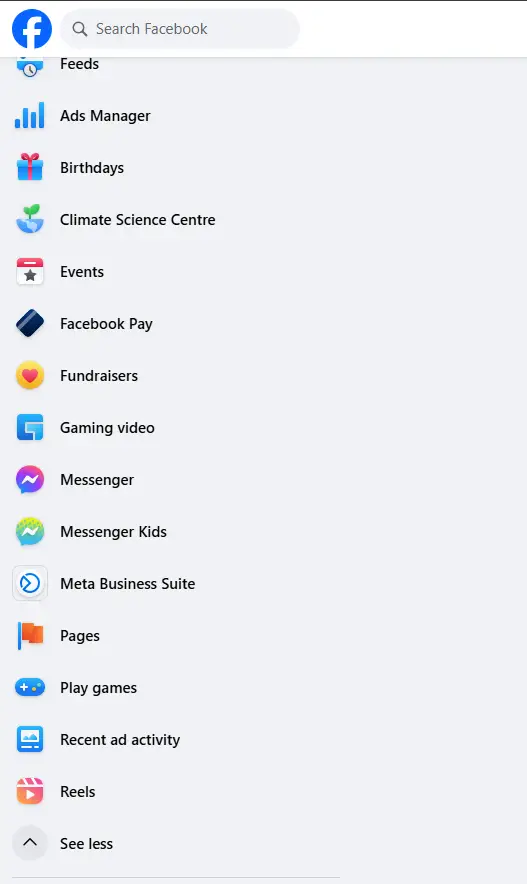Courier Tracking Details: A Comprehensive Guide
In today’s fast-paced world, courier services have become an essential part of our lives. Whether you’re sending a package to a loved one, receiving an online order, or managing business shipments, tracking your courier is crucial for peace of mind and efficiency. This guide will walk you through everything you need to know about courier tracking, from how it works to tips for using it effectively.

Table of Contents
- What is Courier Tracking?
- How Does Courier Tracking Work?
- Benefits of Courier Tracking
- How to Track Your Courier
- Common Tracking Statuses and What They Mean
- Troubleshooting Tracking Issues
- Tips for Effective Courier Tracking
- Popular Courier Services and Their Tracking Features
- Future of Courier Tracking Technology
- Frequently Asked Questions (FAQs)
1. What is Courier Tracking?
Courier tracking is a system that allows you to monitor the real-time location and status of your package as it moves through the delivery process. By using a unique tracking number provided by the courier service, you can check where your package is, whether it’s been picked up, in transit, out for delivery, or delivered.
This feature is especially useful for both senders and recipients, as it provides transparency and reduces anxiety about the whereabouts of a shipment.
2. How Does Courier Tracking Work?
Courier tracking relies on a combination of technology and logistics. Here’s a simplified breakdown of the process:
- Step 1: Labeling and Scanning
When a package is shipped, it is assigned a unique tracking number and barcode. At every stage of the delivery process (pickup, sorting, transit, delivery), the package is scanned, updating its status in the courier’s system. - Step 2: Data Transmission
The scanned data is transmitted to the courier’s central database, which is accessible to customers via the courier’s website, app, or customer service. - Step 3: Real-Time Updates
Customers can enter their tracking number on the courier’s platform to view real-time updates about their package’s location and status. - Step 4: Delivery Confirmation
Once the package is delivered, the final scan confirms delivery, and the recipient may receive a notification.
3. Benefits of Courier Tracking
Courier tracking offers numerous advantages, including:
- Transparency: Know exactly where your package is at any given time.
- Peace of Mind: Reduce anxiety about lost or delayed shipments.
- Efficiency: Plan your schedule around expected delivery times.
- Accountability: Hold courier services accountable for delays or mishandling.
- Improved Customer Experience: Businesses can provide better service by keeping customers informed.
4. How to Track Your Courier
Tracking your courier is simple and can be done in a few easy steps:
- Obtain Your Tracking Number
After shipping your package, you’ll receive a tracking number via email, SMS, or receipt. - Visit the Courier’s Website or App
Go to the official website or download the app of the courier service (e.g., FedEx, UPS, DHL, USPS). - Enter the Tracking Number
Locate the tracking section and input your unique tracking number. - View Tracking Details
The system will display the current status and location of your package. - Set Up Notifications (Optional)
Many couriers offer SMS or email notifications for real-time updates.
5. Common Tracking Statuses and What They Mean
Here are some common tracking statuses and their meanings:
- Shipment Received: The courier has received the package from the sender.
- In Transit: The package is on its way to the destination.
- Out for Delivery: The package is on the delivery vehicle and will be delivered soon.
- Delivered: The package has been successfully delivered.
- Delivery Attempted: The courier tried to deliver but was unsuccessful (e.g., no one was home).
- On Hold: The package is delayed due to customs, weather, or other issues.
- Exception: There’s an unexpected delay or problem with the shipment.
6. Troubleshooting Tracking Issues
Sometimes, tracking may not work as expected. Here’s how to troubleshoot common issues:
- Invalid Tracking Number: Double-check the number for errors. If it’s still not working, contact the courier.
- No Updates: It may take 24-48 hours for tracking information to appear. If updates are still missing, reach out to the courier.
- Delayed Shipment: Check for weather, customs, or logistical delays. Contact customer service for more details.
- Incorrect Status: If the status doesn’t match your expectations, verify with the courier.
7. Tips for Effective Courier Tracking
- Save Your Tracking Number: Keep it handy until your package is delivered.
- Use Official Platforms: Always use the courier’s official website or app for accurate information.
- Enable Notifications: Stay updated without constantly checking the tracking page.
- Track Multiple Packages: Use apps or platforms that allow you to track multiple shipments in one place.
- Contact Customer Service: If you’re unsure about a status, don’t hesitate to reach out for clarification.
8. Popular Courier Services and Their Tracking Features
Here’s a quick overview of tracking features offered by popular courier services:
- FedEx: Real-time tracking, delivery notifications, and a mobile app.
- UPS: Detailed tracking, delivery alerts, and the ability to reroute packages.
- DHL: Global tracking, SMS updates, and a user-friendly app.
- USPS: Free tracking for most services, email notifications, and a mobile app.
- Amazon Logistics: Real-time tracking through the Amazon app or website.
9. Future of Courier Tracking Technology
The future of courier tracking is exciting, with advancements like:
- AI and Machine Learning: Predictive analytics for delivery times and route optimization.
- Blockchain: Enhanced transparency and security in the supply chain.
- IoT (Internet of Things): Smart packages with embedded sensors for real-time tracking.
- Drones and Autonomous Vehicles: Faster and more efficient deliveries.
10. Frequently Asked Questions (FAQs)
Q1: What if I lose my tracking number?
A: Contact the courier’s customer service with your shipment details to retrieve the tracking number.
Q2: Can I track a package without a tracking number?
A: Some couriers allow tracking using reference numbers, but a tracking number is the most reliable method.
Q3: How long does it take for tracking information to update?
A: It usually takes 24-48 hours for updates to appear after shipment.
Q4: Is tracking available for international shipments?
A: Yes, most couriers offer global tracking, but updates may be less frequent for international packages.
Q5: Can I change the delivery address after tracking my package?
A: Some couriers allow address changes for an additional fee, but it depends on the service and package status.
Conclusion
Courier tracking is a powerful tool that ensures transparency, efficiency, and peace of mind for both senders and recipients. By understanding how it works and using it effectively, you can stay informed about your package’s journey from start to finish. Whether you’re shipping locally or internationally, tracking your courier is the key to a smooth and stress-free experience.


